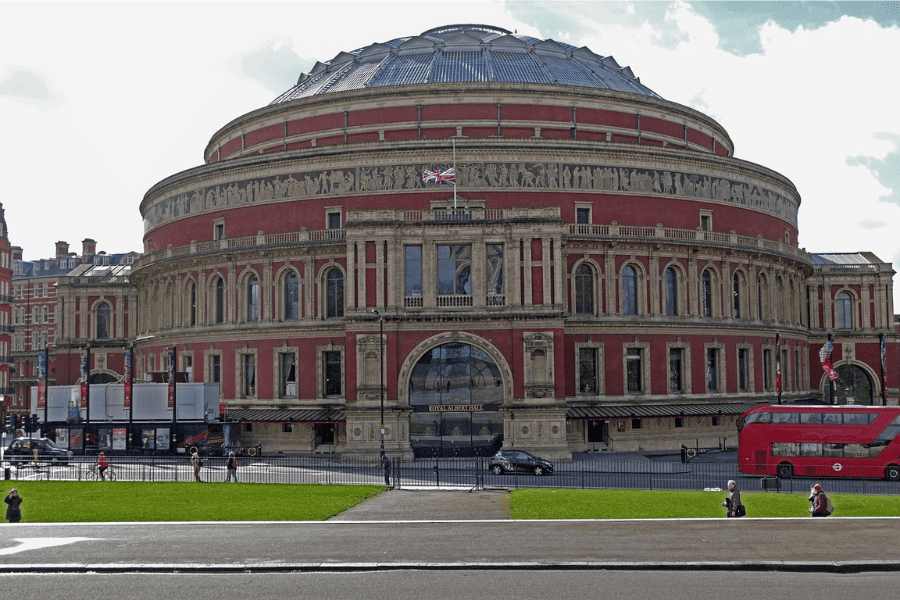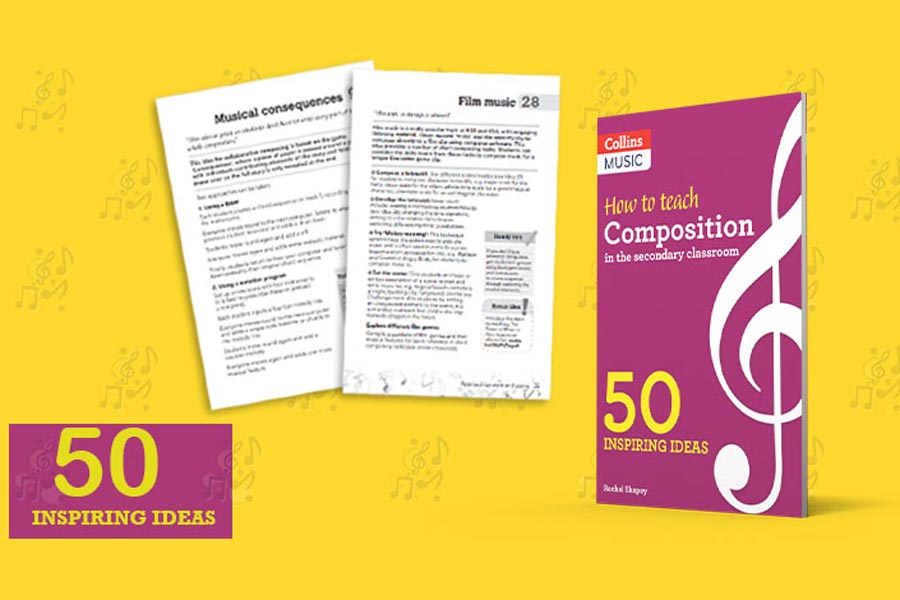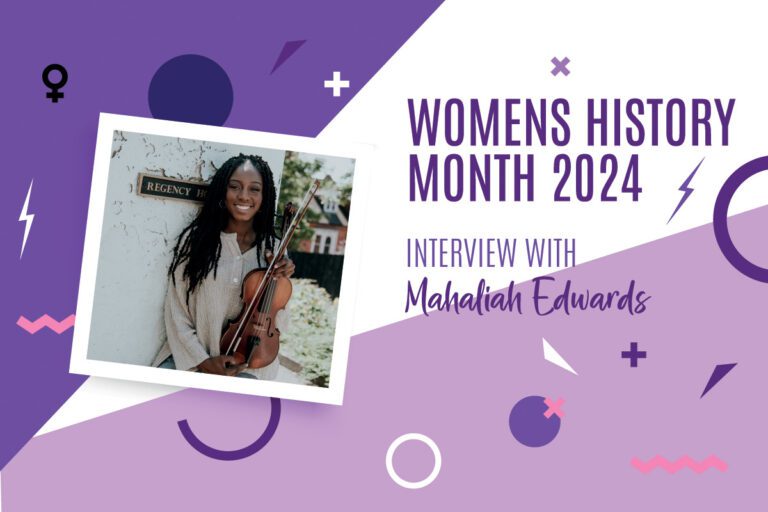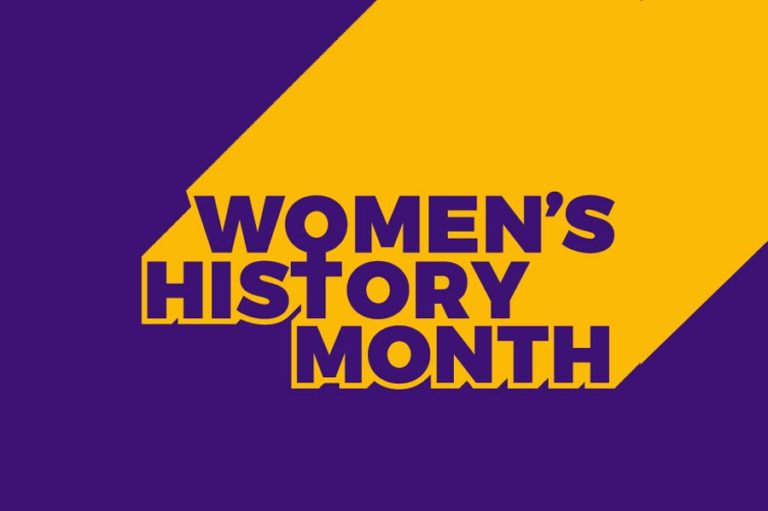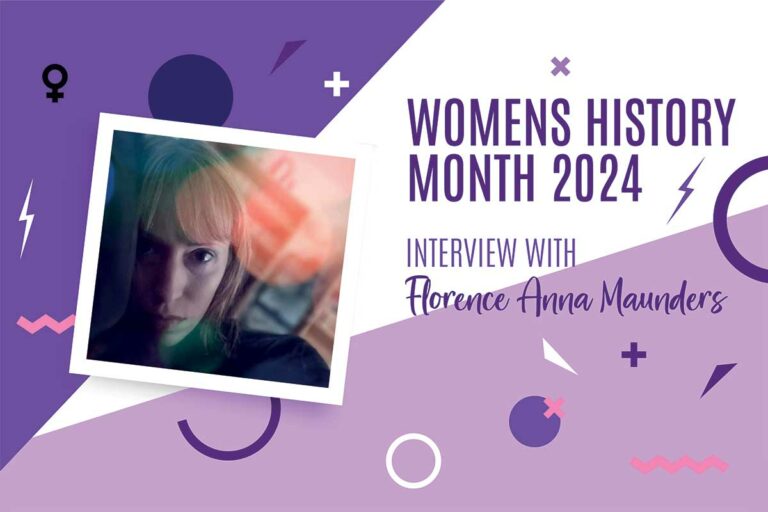As a member of staff for the Buckinghamshire Music Trust (BMT) I was fortunate enough to be involved in a massed Celebration Concert event at the Royal Albert Hall in London. The concept is that various groups from the music centres in Amersham, Aylesbury and High Wycombe combine to form massed ensembles who will perform on the Albert Hall stage. The initial planning meetings took place in July 2022 as the various conductors gathered to discuss possible repertoire, and I was thrilled to be approached to compose a jazz piece to be performed at the concert.
The brief
An original jazz composition for a range of difficulty levels (ranging from Advanced to Intermediate), lasting a maximum of 7 minutes. All BMT jazz musicians were to be involved (more of that later) with opportunities for various soloists to improvise.
The strategy: composing for the space
Having conducted in the Royal Albert Hall before, two things stand out: spacing and acoustics. A massed jazz ensemble (50+ players) would be wide (lots of saxophones) and deep (the rhythm section would be at the back of the stage on rostra). In terms of the acoustic, it would be sensible not to fight the echo but make use of it instead – an ‘a cappella’ chorus (i.e without rhythm section) would work well, as would lots of silences. As for the distant rhythm section, I would need to be careful to ensure that everyone was involved whilst also not creating a confusing/ messy groove for the rest of the band to follow.
Composing Tip
Before you start, think about where the piece will be performed (hypothetically if not in reality) and how that might impact on what you write and why. Even if you can’t do it live, you can always explain your intentions in a note to the examiner/ moderator.
The music: plan before you write
In a scenario like this, my ‘go to’ piece will always be a:
- Swinging Big Band Blues in the tradition of Count Basie
- Sensible key (F, Bb or Eb will keep the majority of the band happy)
- Standard 12-bar structure to keep the improvising sections relatively straightforward and allow the senior players to ‘spread their wings’.
As I considered the structure I decided to try:
- Intro
- Saxophone theme
- Repeat with backing brass added
- Lose the rhythm for 2 choruses to exploit the acoustic (see above)
- Open improvisation starts.
It would be good to use just the Intermediate players in the first of the two a cappella choruses before bringing the seniors in for the next chorus to add impact.
Composing Tip
Know/ learn/ research the style you want to write in and devise a solid structure (including a key) before you start writing.
Initial feedback
Once I’d written a draft opening, I sent it to the BMT jazz directors to check that they were happy with it so far. I received a positive response, with the feedback that it needed more ‘fireworks’. So after trying different styles e.g reggae and multiple drummers playing simultaneous swing rhythms – I eventually concluded that a rock/ funk feel provided the solution.
The challenge now was how to link the two sections effectively. I would need to use thematic transformation, something emphasised in exam board marking criteria but often hard to explain what the point of it is. I would take the basic blues theme and alter the rhythms to fit a funk feel (same but different). I also switched from a 12-bar to a 16-bar sequence, to avoid exact repetition of the structure.
The next challenge I faced was the swing and funk sections having different speeds – I would need a link or transition section…
Writing the transition section
As a pianist and drummer myself, my first thought is always the rhythm section, the only players in the group who can effectively change the groove. But changing tempo, especially in this venue, would be tricky and put a huge amount of pressure on the senior drummer charged with the responsibility. At the very least, the conductor would need to clap the beat with him/ her to hit the right tempo.
And if the conductor is going to clap at the new speed, why do it alone? Why not get the audience involved? As a music theatre specialist I never like my audience to know what’s coming next and want them to stay focused – so let’s get them involved! And what’s the easiest rhythm to do that with? Queen’s ‘We Will Rock You’: drummer Roger Taylor’s invitation to crowds all over the world to be part of the band for just a few minutes. Would it work – could the conductor get the audience clapping and stamping, just by turning round and leading it? It was worth a try!
Composing Tip
Always invite and respond to constructive feedback – it will make the final piece more satisfying.
Ongoing challenges
The most efficient way to approach a massed ensemble composition with players of different standards is to start by creating a piece which works for the advanced players alone. Then you can just add simplified parts afterwards. However, in this case, with so many saxophones, it became clear that I’d need to devise ‘easy’ parts for each individual sax part: Altos 1 and 2, Tenors 1 and 2, and Baritone Sax. Then it made sense to do the same with the trumpets and trombones as well. And if I was going to do that, I should aim to create an Intermediate version of the whole piece which would work without the seniors at all.
Once I’d written the parts it was time for them to be tried out by the players and make the various changes and rewrites. What I hadn’t bargained for was the unexpected ‘extra’ requests to accommodate every jazz player in the county: Grade 1-2 students who could only play specific notes (my original remit was Grade 3 minimum standard); rhythm section players who didn’t read staff notation; ‘new’ players, some from ensembles I had not been told about. All had to be involved and accommodated so they could be part of the concert.
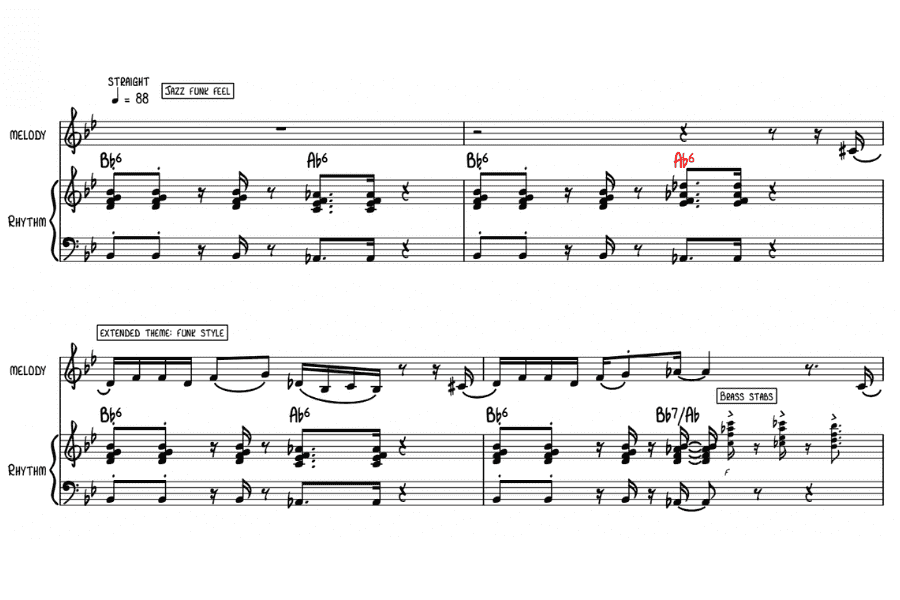
Image: Main theme from Blues for Nick ©Patrick Gazard 2023
You can view the main themes by downloading the score below:
Conducting the piece
Once it had been agreed that I would conduct the piece myself, I visited rehearsals at all three music centres and began to familiarise myself with my own music. I chatted to the players and respective ensemble directors; soloists were nominated and selected and the weekend before the main concert saw all the massed groups meet up for the first time. I was delighted with my rehearsal session – everyone had worked so hard and it was going to sound fantastic!
Composing Tip
Unless you are composing for computer sounds, always think of your music being performed by real players and where possible, get the parts played. That is the only way you can find out whether they work or not – there is no short cut.
A late title change
From Day 1 this composition was ‘Blues for Al(bert)’ – an obvious but logical title. But then something changed. After I’d rehearsed the Aylesbury group, I realised that this should not be a tribute to a place, but to a man. Nick Care ran the jazz at Aylesbury Music Centre for many years, and through his perseverance and brilliance created a senior big band which was the envy of the nation and Europe. The piece we had come up with was his sort of thing – lots of young people involved, improvisation opportunities, a mix of swing and groove feels and audience participation. Sadly, Nick would not get to see or hear it, having tragically passed away from Motor Neurone Disease a couple of years earlier, and this would be the first BMT Albert Hall concert since then. It seemed fitting to dedicate this new piece to him, so ‘Blues for Al’ became ‘Blues for Nick’. He had inspired me hugely throughout his career, and this was a chance to say ‘thank you’.
Composing Tip
Aim to have a title for your composition, and try to make it meaningful if you can – the more you care about it the more you will want to work on it.
The performance
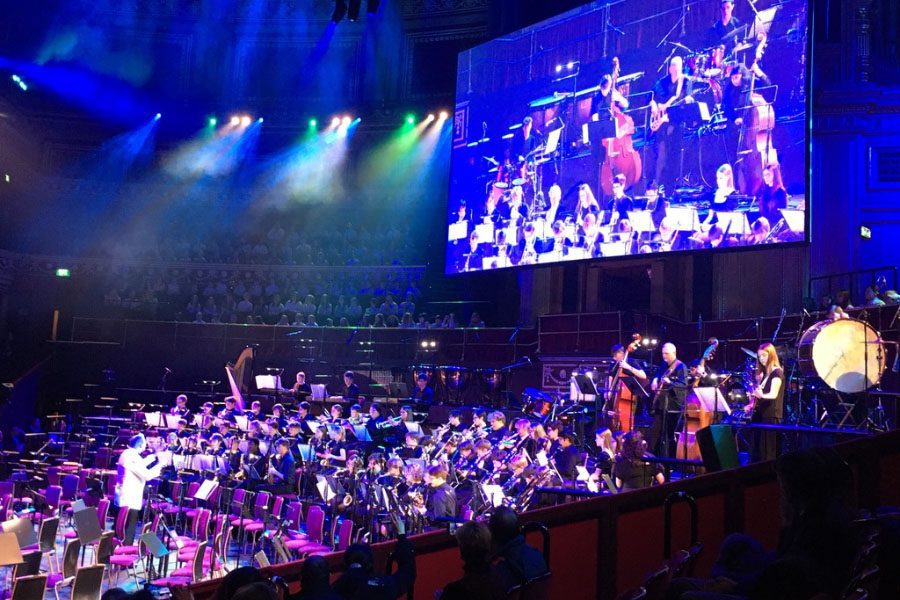
So to Tuesday 14 March 2023: was it all worth it? Of course it was – it’s hard to describe how it feels to direct your own composition in the Royal Albert Hall – a real thrill and a great honour. It was the young people who made it all happen, and I am immensely grateful to them all. I am lucky to have recordings of the performance and will always treasure it. Will ‘Blues for Nick’ ever be performed again? Not in that massed format, no, but hopefully it might resurface in a future concert, perhaps in the Intermediate version. Who knows? Whatever happens, it happened.

About Patrick Gazard
Experienced arranger and composer Patrick Gazard is the Senior Content Writer at I Can Compose. A published author of two music education books and co-author of the award-winning ‘Being a Head of Music: a Survival Guide’, Patrick has two decades’ teaching experience – including 12 as a Head of Music. The Curriculum Development Lead for Buckinghamshire Music Trust, Patrick is also the resident composer for Fourways Theatre Company in High Wycombe.
